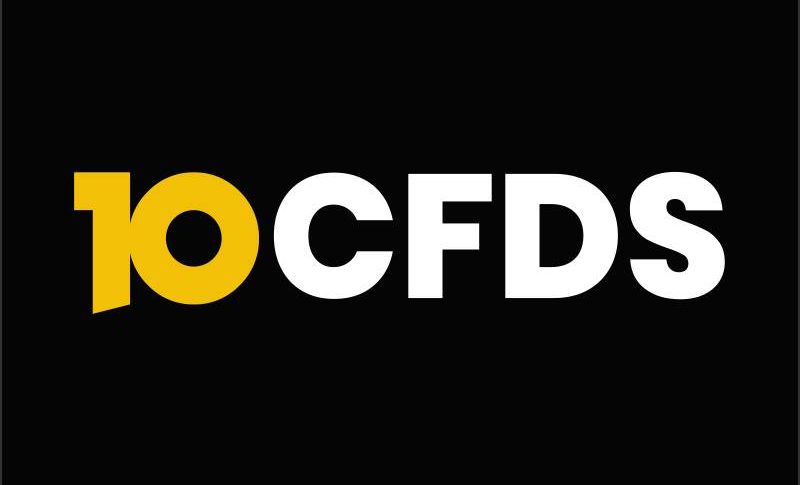10CFDs experts believe that due to weakening dollar rates, the price of goods will soar
[ad_1]
The relationship between dollar rates and commodity prices
The connection between the value of the USD and the prices of commodities is usually an inverse relationship. The costs of commodities tend to decline when the USD strengthens against other major currencies, and vice versa.
According to 10CFDs experts, though the correlation isn’t perfect, this is the rule in general. The value of the USD influences the costs of commodities since it is the benchmark pricing mechanism for most commodities.
10CFDs experts further explain that though the dollar tends to be the most stable foreign exchange instrument, commodities are global assets. These assets are traded all over the world. Foreign buyers purchase the U.S. made commodities with Dollars. And when the value of the dollar drops, buyers have more “purchasing power.”
10CFDs experts state that the mechanism goes like this- when the dollar strengthens, it means that commodities become more expensive in other, non-dollar currencies. While this tends to have a negative influence on demand, as one would expect, when the dollar weakens, commodity prices in other currencies drop lower, something which increases demand.
Which commodities are expected to gain worth in 2020?
According to 10CFDs experts, if we’ll focus on the 3rd quarter of 2019, we’ll note that almost all major commodity price indexes fell, led by the energy sector fall, which declined by more than 8%.
Agriculture and metals prices were down 2% each, while trade tensions, combined with weakness in global goods trade, were weighing on commodity demand. On the other hand, precious metal prices gained nearly 12%, which is also a sign of heightened uncertainty.
In line with subdued global growth prospects, most price forecasts have been revised down for 2019, especially energy (-15%). And according to experts at 10CFDs, energy and metals prices are expected to continue to fall in 2020, while agricultural commodity prices should stabilize.
After oil prices dropped by 8%, as worries about slowing global demand outweighed temporary production disruptions is Saudi Arabia, oil prices were expected to average $60/bbl in 2019 and $58/bbl in 2020, going down from $68/bbl in 2018, with concerns about the weak global growth outlook and robust oil production weighing on the market.
On the other hand, 10CFDs states that natural gas consumption continued to grow strongly in late 2019, supporting stable prices into 2020, while coal prices are expected to continue to fall. In contrast to other commodities, precious metals prices rose 13 percent in the 3rd quarter of 2019.
Easing of monetary policy by the U.S. Federal Reserve, heightened global uncertainty, and robust physical demand all supported precious metals prices, pushing the gold-to-copper ratio (a barometer of the health of the global economy) to a 3-year high.
Though as the prices of precious metals are anticipated to continue their upward trend and increase nearly 6 percent in 2020, following an expected gain of 8 percent in 2019, a stronger-than-expected U.S. dollar could still push prices lower.
